What Is a D Dimer Again?
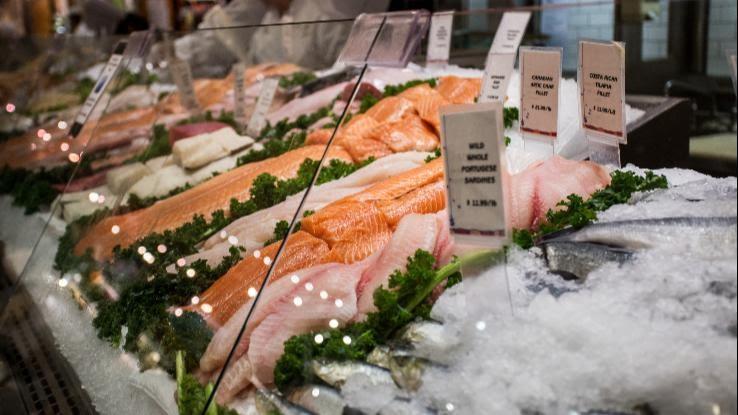
Are you getting plenty sunday? In many parts of the world, that might show hard during the winter months — and information technology can touch on more than than your sunny disposition.When exposed to sunshine, our bodies produce vitamin D, something our bodies demand to maintain healthy bones and teeth; support our allowed and cardiovascular systems; and stave off certain diseases, like type 1 diabetes. Some reports advise that roughly iii-quarters of American teens and adults might not be getting enough vitamin D. So, how can you turn that number around?
How Much Vitamin D Do We Need and Where Tin can We Find It?
The National Institutes of Health (NIH) makes recommendations for what one'southward daily intake of vitamin D should be based on age, gender and other factors. The recommendations, in micrograms (mcg), can be summarized as follows:
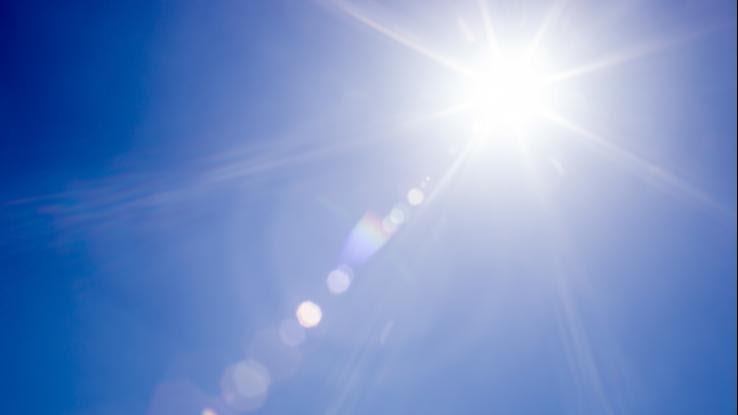
- Infants (up to 12 months): 10 mcg daily
- Children (one to 13 years): 15 mcg daily
- Teens (14 to xviii years): 15 mcg daily
- Adults (nineteen to l years): 15 mcg daily
- Older adults (51 to lxx years): 15 mcg daily
- Seniors (70+ years): 20 mcg daily
And then, how can you supplement your vitamin D intake if all that basking in the sun isn't cutting it? Thanks to the Dietary Guidelines for Americans, we've rounded up 10 healthy foods that can help you reach those daily vitamin D goals.
Salmon
Salmon comes in quite a few different varieties — canned sockeye salmon, smoked chinook salmon, canned pinkish salmon, cooked sockeye salmon, cooked pink salmon and even cooked wild coho salmon — and all of them are chock-full of vitamin D. All of these options volition help you lot hit your goals. After all, a 3-ounce serving of canned sockeye salmon contains 17.ix mcg of vitamin D, while a three-ounce portion of cooked sockeye salmon contains 11.1 mcg of vitamin D.
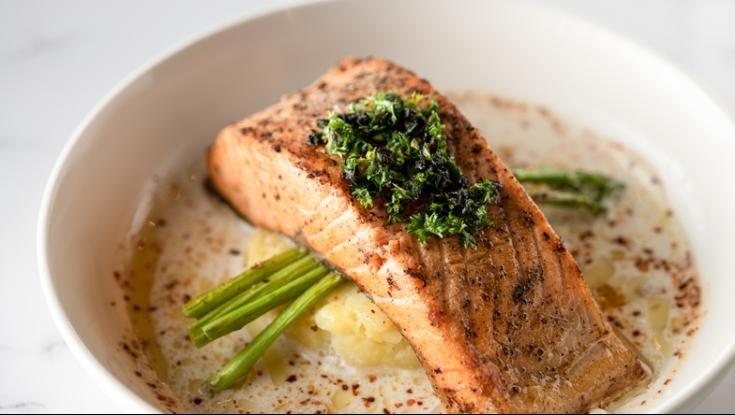
Smoked Whitefish
Want to modify up that salmon intake? Whitefish can assist with that. While whitefish are a species of fish, the term also refers to a cluster of types of fish, all of which have a balmy, slightly sweet flavor. Some of the most pop "whitefish" include pollock, bass, cod, halibut, grouper and haddock. On average, a standard three-ounce serving of smoked whitefish contains an impressive 10.8 mcg of vitamin D.
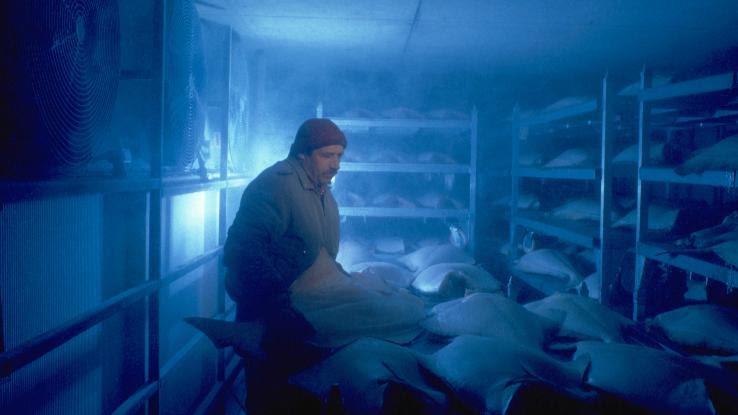
Swordfish
If you're looking for a terrific source of vitamin D, and to intermission up all that whitefish and salmon, try swordfish. These creatures can grow to be a whopping 1,400 pounds — and nigh 15-feet in length. While y'all wouldn't want to tangle with ane of these in the sea, encountering information technology as a squeamish, grilled steak is a treat. Best of all, a three-ounce portion will provide yous with 14.1 mcg of vitamin D.
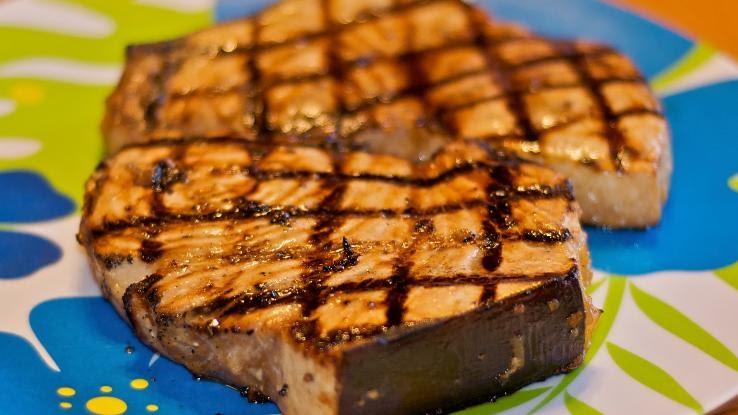
Tilapia
Tilapia is a cluster of fish species that aren't found in nature. That is, tilapia is a farmed fish, which makes it pretty inexpensive. This mild species is the fourth most common blazon of seafood eaten by Americans, in part because of its versatility. We recommend a nice herb-and-parmesan crust, just, any way y'all slice it (or season it), a 3-ounce portion will provide you with iii.1 mcg of vitamin D.
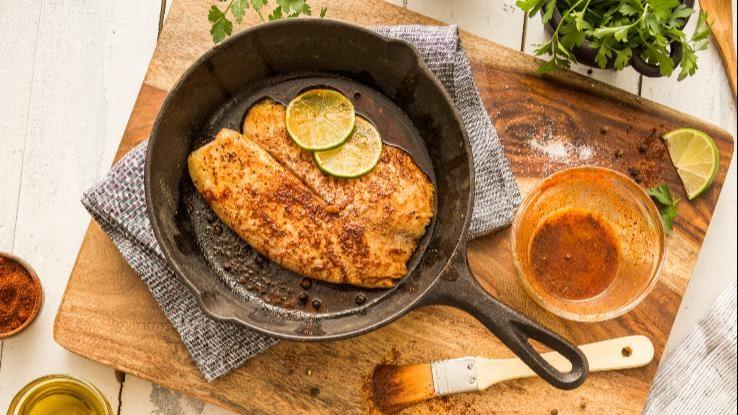
Canned Tuna
Non into canned nutrient? Well, canned fish should probably be your exception. In fact, canned tuna, in addition to existence readily available and inexpensive, tin make an affluence of tasty meals, from tuna salad and melts to casseroles. Best of all, a three-ounce serving of light tuna canned in oil contains about 5.seven mcg of vitamin D.

Mushrooms
The five fish options we've listed in a higher place might not have surprised you, but this ane might. Many varieties of mushrooms — including portabella, cremini, morels, chanterelles, maitake, and even your basic white button mushrooms — are excellent sources of vitamin D. In fact, one-half a cup of grilled portabella mushrooms delivers an impressive 7.nine mcg of vitamin D.
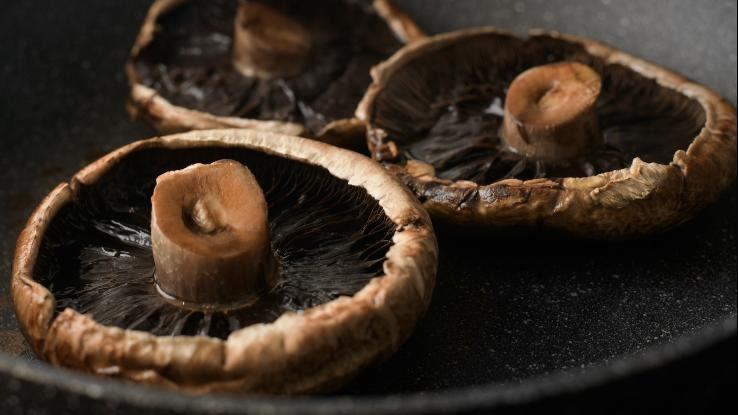
Eggs
Eggs — and, in item, egg yolks — are one of the easiest, cheapest and quickest ways to nab some vitamin D. Nonetheless, they may non be the nutrient of choice for folks with high cholesterol. If your diet allows, whip upwards ii scrambled eggs and enjoy getting 5% of your recommended daily intake of vitamin D first thing in the morn.

Milk
Milk is more than than only a keen source of calcium. In fact, vitamin D is amongst its significant nutritional benefits. When it comes to a sixteen-ounce serving of cow's milk, the vitamin D content varies based on the milk's composition. For example, whole milk contains 6.three mcg of vitamin D, while 2%, 1% and skim milk all incorporate five.9 mcg. Even soy and dehydrated (powdered) milk will help y'all reach your goals past providing 5.8 mcg and iii.four mcg of vitamin D respectively.
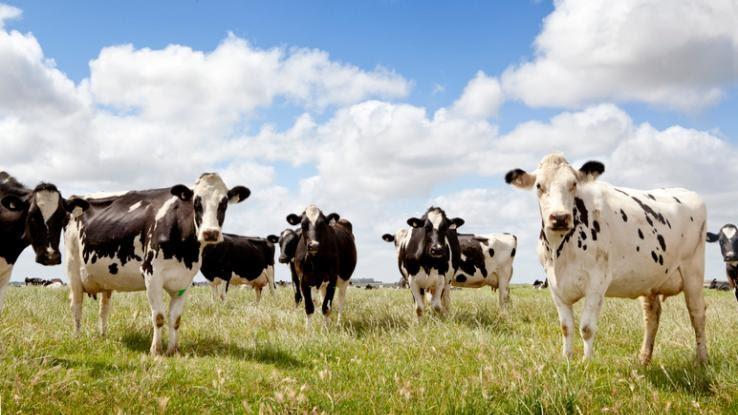
Yogurt
Milk is not the only dairy product capable of delivering some serious vitamin D benefits. Of class, the nutritional value of yogurt changes depending upon the multifariousness. For example, Greek-style yogurt contains more poly peptide and less carbohydrate than other types of yogurt. Nonetheless, you can still expect anywhere from 2 to 3 mcg of vitamin D per 8-ounce serving, regardless of the variety of yogurt.

Pork
So far, yous've seen lots of fish and dairy options. Y'all might be wondering, Where'southward the meat? Well, generally speaking, beef and craven are not great sources of vitamin D. In fact, if you're a meat lover in search of some vitamin D, pork is your all-time bet. The nutritional value of pork varies depending upon the cut, method of preparation and more, but you're likely to find between 0.two to two.ii mcg of vitamin D in a standard three-ounce serving of pork.
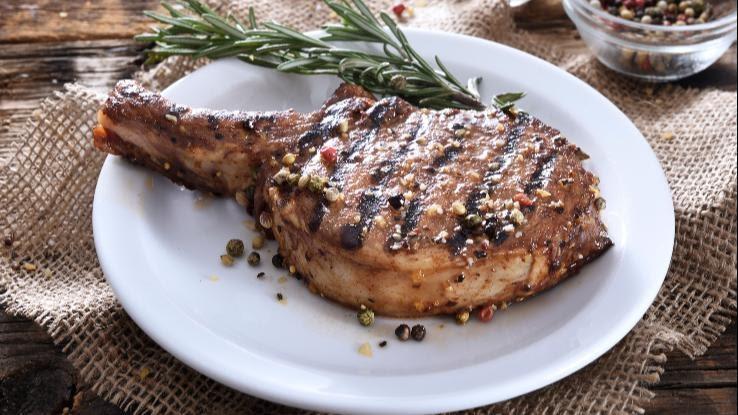
Resources Links:
- The U.Due south. Department of Health and Man Services and Department of Agronomics's Dietary Guidelines for Americans
- The National Institutes of Wellness (NIH)
Source: https://www.symptomfind.com/nutrition-supplements/vitamind-foods?utm_content=params%3Ao%3D740013%26ad%3DdirN%26qo%3DserpIndex

0 Response to "What Is a D Dimer Again?"
Post a Comment